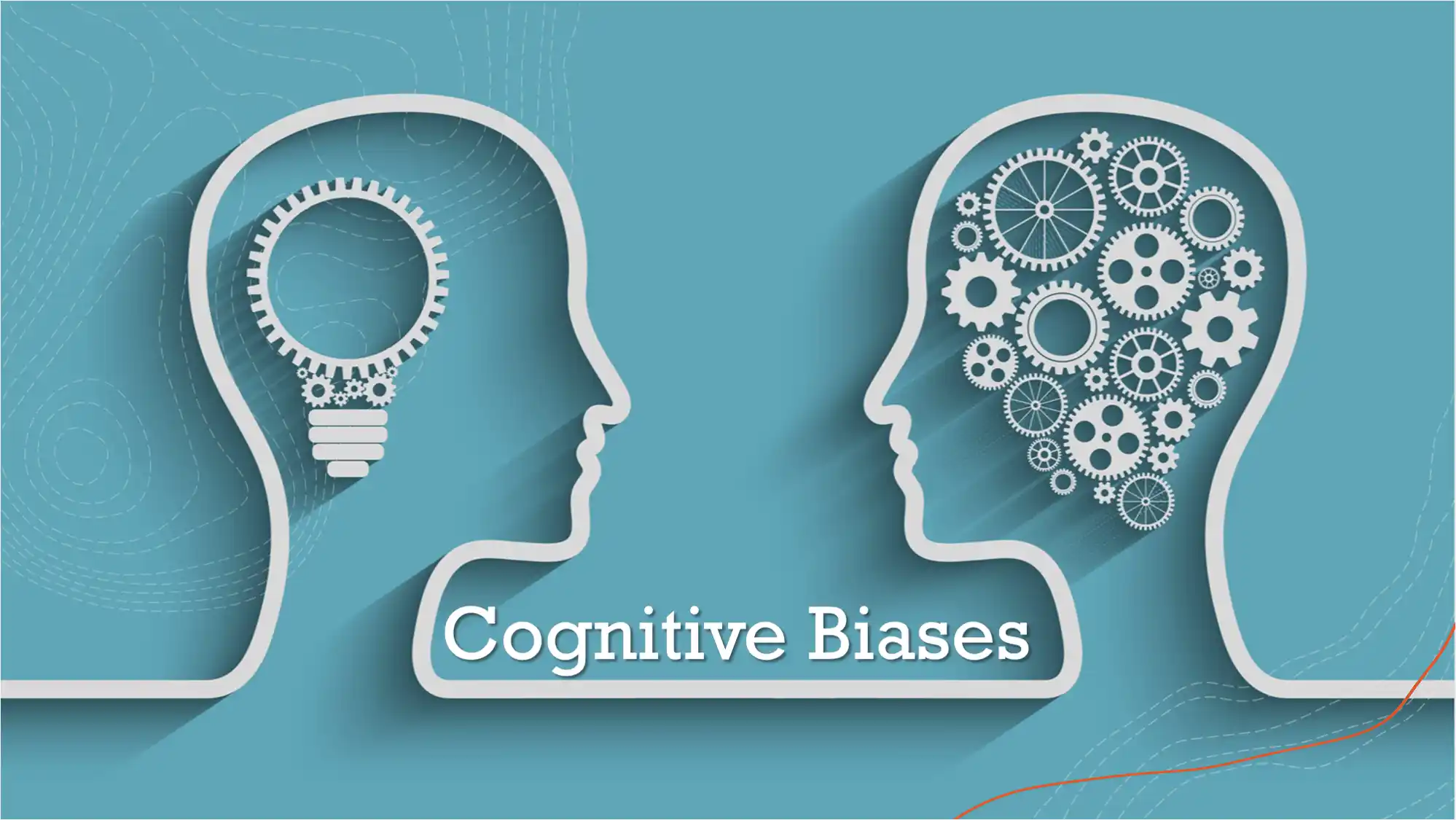Zeeshan Hayat’s Strategies for Mitigating Cognitive Biases in Decision-Making

In an era defined by rapid change and competition, effective decision-making is paramount for organizational success. My co-founder, Karina Hayat, and I have long recognized that amidst the drive for innovation and progress, many businesses inadvertently fall prey to cognitive biases—systematic errors in judgment that stem from the mental shortcuts our brains take. Understanding these biases is crucial for organizations aiming to enhance their decision-making processes and achieve sustainable growth.
What Are Cognitive Biases?
Cognitive biases refer to the patterns of deviation from rational judgment that can distort our perception of reality. These biases emerge as our brains attempt to simplify complex information, often resulting in decisions that are not based on objective analysis. Recognizing the existence and influence of these biases is the first step towards making more informed choices.
Distinguishing Between Emotional and Cognitive Biases
While both emotional and cognitive biases can skew decision-making, they arise from different sources. Emotional biases are rooted in our feelings and instincts, such as fear or excitement, which can cloud judgment. In contrast, cognitive biases arise from how we process information—often leading us to make decisions that lack a rational basis. Understanding these distinctions is essential for leaders seeking to foster a data-driven culture.
Common Cognitive Biases
- Conservatism Bias: This bias involves the tendency to underweight new information while giving undue weight to prior beliefs or data. In a business context, this can manifest as a reluctance to pivot from established strategies or products, hindering adaptability and innovation.
- Base Rate Neglect: This occurs when decision-makers disregard statistical information in favour of anecdotal evidence. For example, a company might invest heavily in a new venture based solely on a successful case study, neglecting broader industry data that suggests otherwise. Together, Karina Hayat and I have seen how crucial it is to balance stories of success with hard data when assessing new opportunities.
- Confirmation Bias: This bias leads individuals to seek out information that supports their existing beliefs while dismissing contradictory evidence. In a corporate environment, this can result in tunnel vision, where teams fail to consider alternative strategies that could be more effective. Karina Hayat and I make it a point to challenge each other’s assumptions regularly to ensure we’re not falling into this trap.
- Mental Accounting: This refers to the practice of categorising funds for specific purposes, which can inhibit strategic resource allocation. By treating resources as separate rather than part of a unified portfolio, businesses may miss opportunities for maximising returns.
- Availability Bias: Recent or emotionally charged events tend to have a disproportionate influence on perceptions of future probabilities. This bias can lead organizations to overreact to recent market fluctuations instead of relying on a balanced view of long-term trends.
- Framing Bias: The way information is presented can significantly affect decision-making. For example, presenting a product as “95% successful” rather than “5% unsuccessful” can influence perceptions and purchasing behaviour, emphasising the importance of effective communication strategies.
The Ripple Effect of Cognitive Bias
The ramifications of cognitive biases extend far beyond individual decisions; they can ripple through organizations, affecting everything from recruitment and team dynamics to strategic initiatives. Misguided decisions fuelled by cognitive biases can lead to ineffective hiring practices, misalignment of goals, and missed opportunities for innovation. Karina Hayat and I have worked to ensure that our teams are aware of these biases and actively mitigate them in daily operations.
Strategies for Mitigating Cognitive Biases
- Promote a Culture of Awareness: Encourage team members to engage in self-reflection regarding their decision-making processes. This can foster a greater understanding of personal biases and enhance accountability.
- Foster Diverse Teams: Embrace diversity within teams to challenge assumptions and broaden perspectives. Constructive debate and dissent can lead to more comprehensive decision-making.
- Implement Structured Decision-Making Frameworks: Establish clear processes for evaluating options and making decisions. Allow time for thorough analysis to minimize the impact of cognitive biases.
- Maintain a Decision-Making Journal: Document decisions along with the rationale behind them. This practice can reveal patterns of bias and improve future decision-making.
The Bottom Line
Cognitive biases are an inherent aspect of the human experience, shaped by our backgrounds, experiences, and environments. While these biases may have historically served survival purposes, they can also pose significant challenges in the business landscape, impeding progress and leading to detrimental outcomes. By fostering awareness of cognitive biases and implementing strategic measures to counteract their effects, organizations can cultivate a culture of informed decision-making that drives innovation, growth, and competitive advantage.
What strategies do you use to overcome cognitive biases in your decision-making process?
